N10sivern
Well-Known Member
Well, I decided to make this my evening project. I started off with a 3/4" x 2" x 24" piece of oak board. I cut the board into two 6.25" pieces. I marked lines 0.75" from each end and used a square to draw the line across. I also marked up with the center of the boards. I found the center and made a mark 0.25" above and below the center point and 0.50" left and right of the center point.
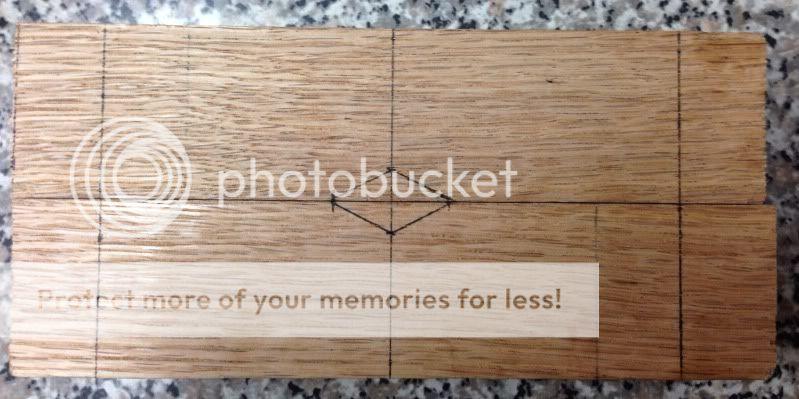
I used my drill press and a 17/64" drill bit and drilled the center point on top and bottom of the boards ensuring that they meet up. I bought 1/4" x5" all thread bolts, 2 flat washers, and wing nuts from Lowes.
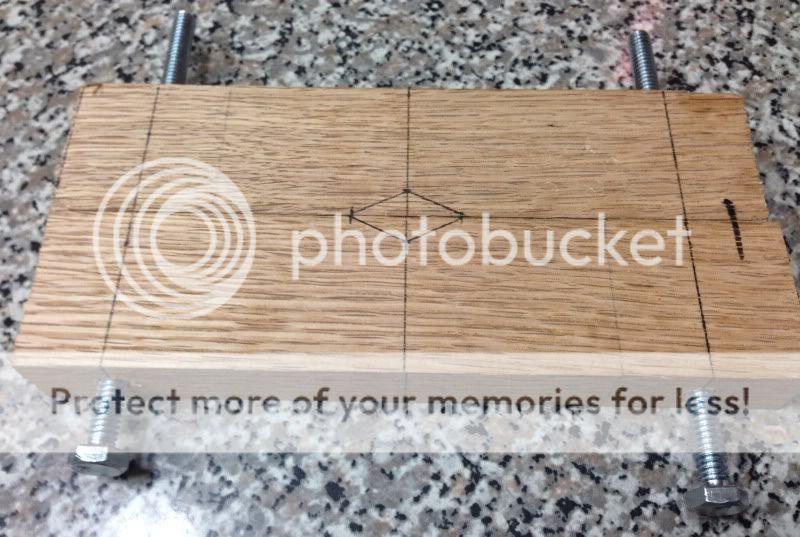
I then used a 1/2" Forsner bit to drill out the center hole. I also used it to countersink the holes on the top of a board.

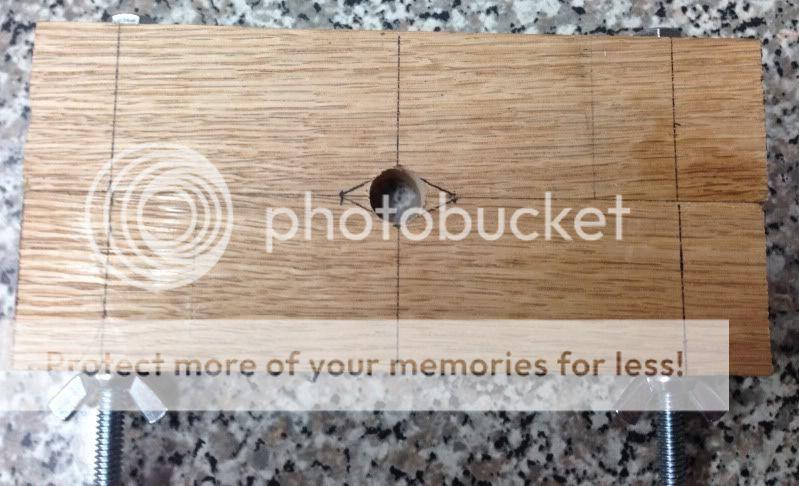
A little jigsaw and dremel time and I cut out the center angles
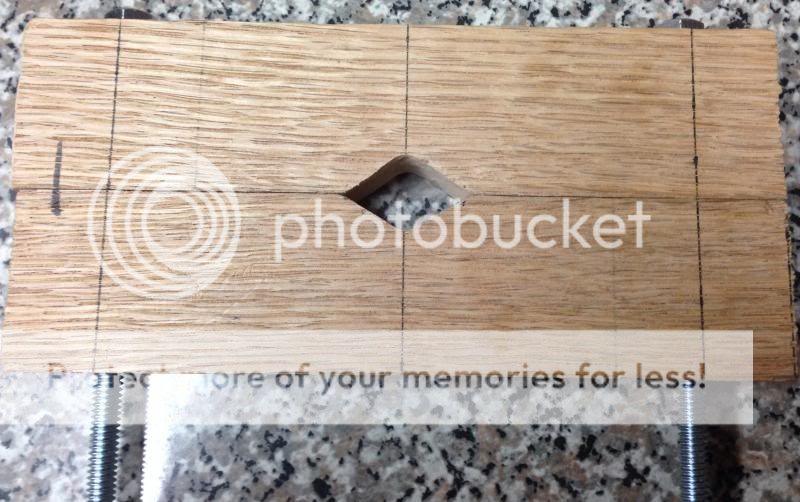
I sanded off the lines and rounded the corners on the boards
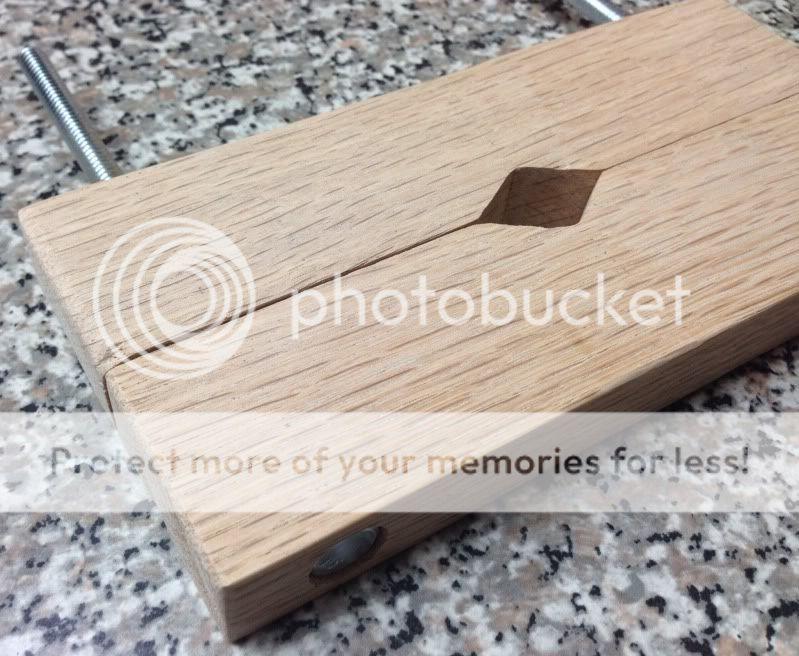
Finally, I used epoxy to secure the bolts in the countersunk holes. I also used epoxy to secure the aluminum cased line level from Lowes to the top board. I used some spray glue to secure felt between the 2 boards. Now, all I have to do is place a second level on the scope mount and then use the wing nuts to secure the leveler to the barrel. Once the leveler is secured, I can attach my scope mounts and scope and then use the level on the scope cap. Level the rifle, level the scope, and the reticle should be level as well.
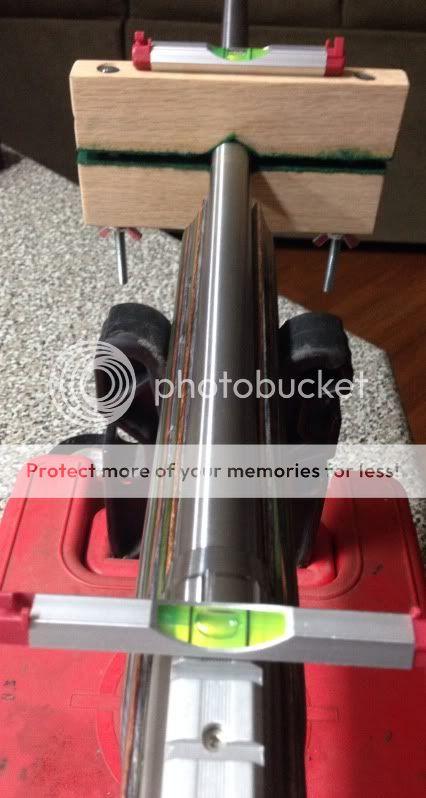

I used my drill press and a 17/64" drill bit and drilled the center point on top and bottom of the boards ensuring that they meet up. I bought 1/4" x5" all thread bolts, 2 flat washers, and wing nuts from Lowes.

I then used a 1/2" Forsner bit to drill out the center hole. I also used it to countersink the holes on the top of a board.


A little jigsaw and dremel time and I cut out the center angles

I sanded off the lines and rounded the corners on the boards

Finally, I used epoxy to secure the bolts in the countersunk holes. I also used epoxy to secure the aluminum cased line level from Lowes to the top board. I used some spray glue to secure felt between the 2 boards. Now, all I have to do is place a second level on the scope mount and then use the wing nuts to secure the leveler to the barrel. Once the leveler is secured, I can attach my scope mounts and scope and then use the level on the scope cap. Level the rifle, level the scope, and the reticle should be level as well.

